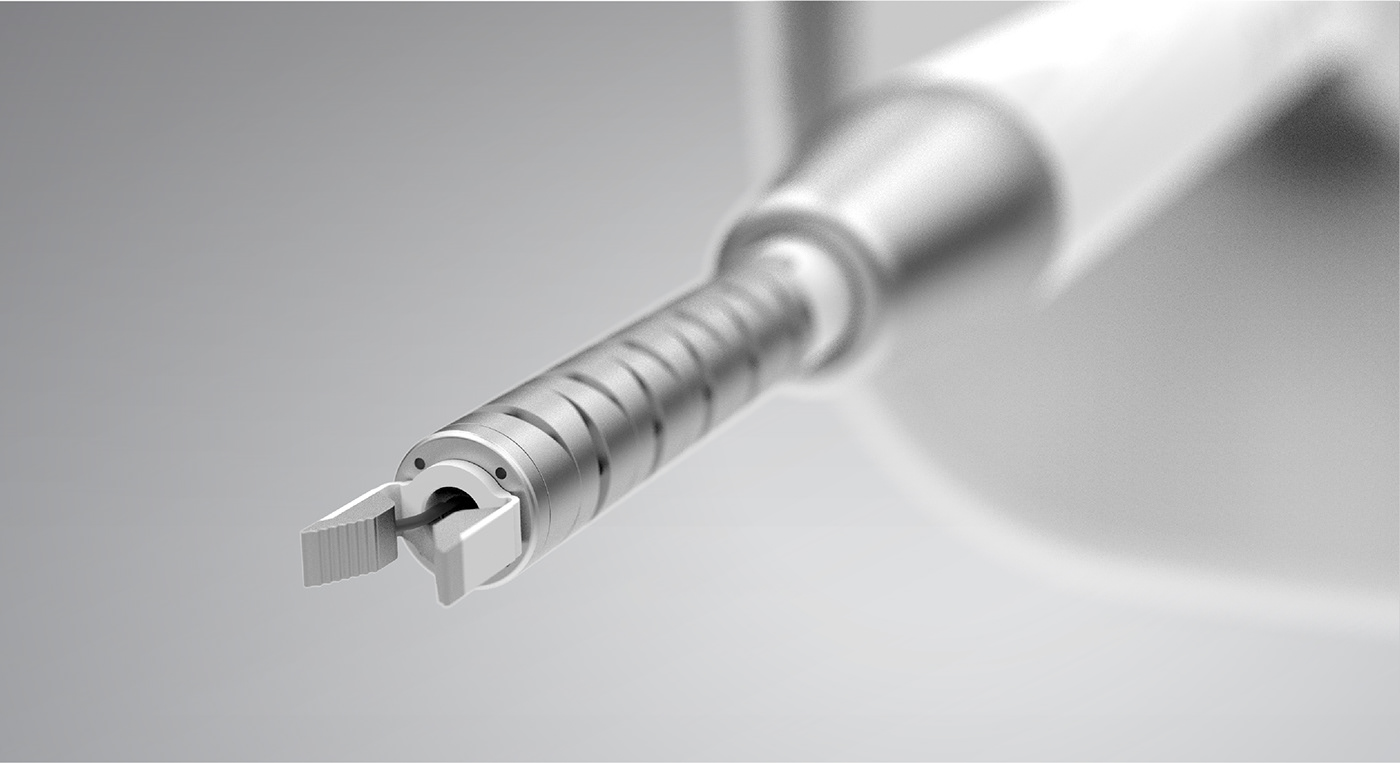
Axsis demonstrates the possibilities of intelligent robotic design. We challenged ourselves to create a surgical robot that was dramatically smaller yet significantly more capable than existing systems.
Axsis has the potential to transform a range of procedures, creating opportunities to use robots in completely new areas of surgery.
Axsis has the potential to transform a range of procedures, creating opportunities to use robots in completely new areas of surgery.

Cataract lens replacement is the highest volume surgical procedure in the world, with more than 300,000 operations carried out by the NHS in the UK every year. Outcomes are generally very good, but in some cases the patient is left with worse vision than before.
The surgery is currently performed by hand under a microscope. We realised that, if we could build a surgical robot on a miniature scale, the established benefits of robotics – such as motion scaling and minimally invasive access – could improve outcomes and allow more facilities to offer the procedure.
The surgery is currently performed by hand under a microscope. We realised that, if we could build a surgical robot on a miniature scale, the established benefits of robotics – such as motion scaling and minimally invasive access – could improve outcomes and allow more facilities to offer the procedure.
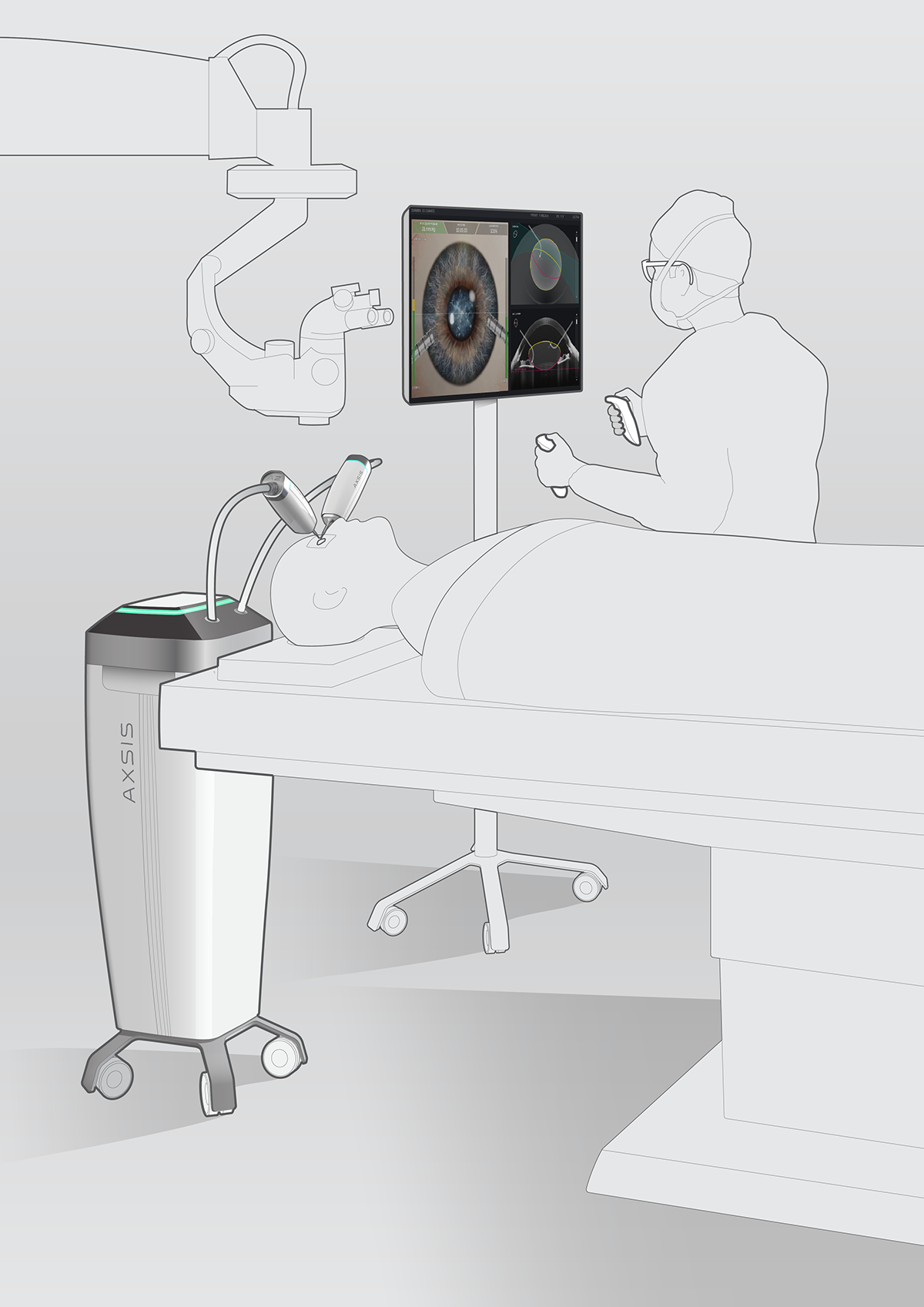
Axsis integrates with real-time 3D imaging, enabling a new level of robotic assistance. Virtual boundaries, surgical ‘macros’ and integration of artificial intelligence (AI) to inform and aid surgery all become possible.
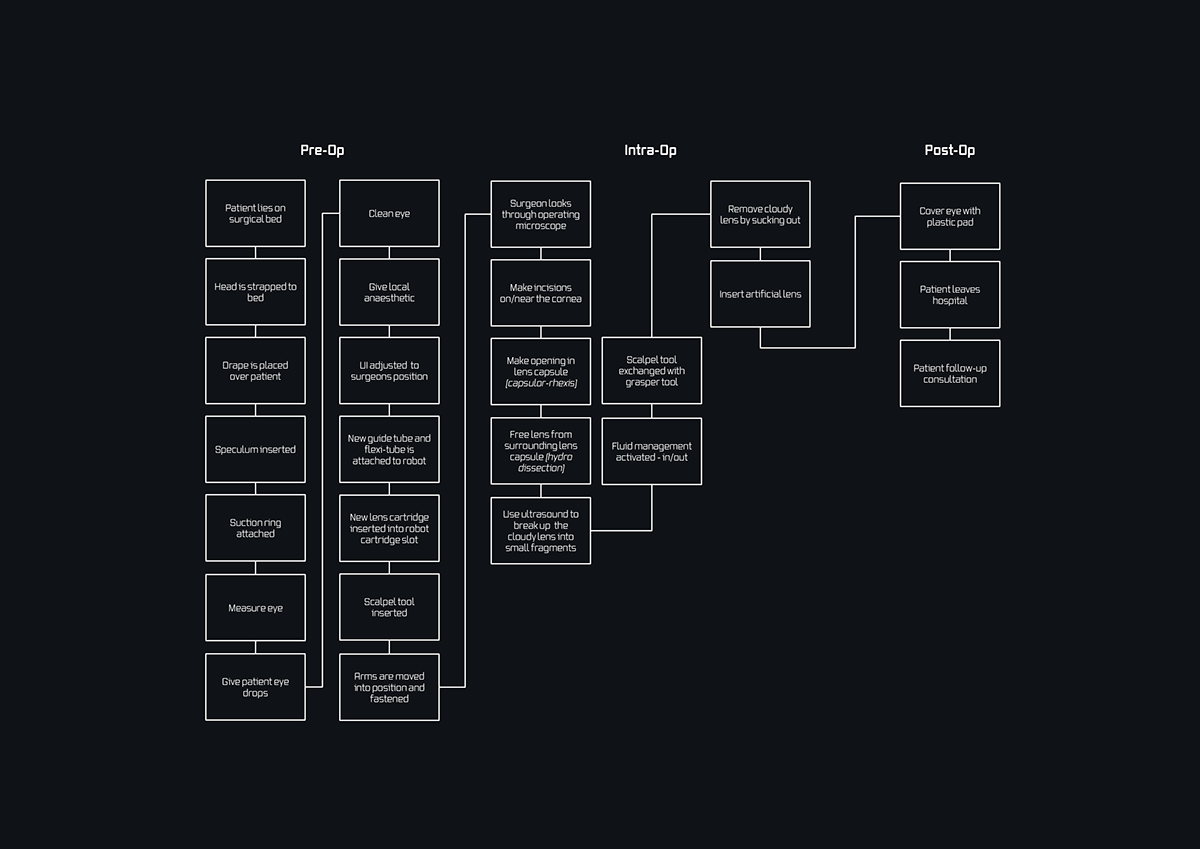
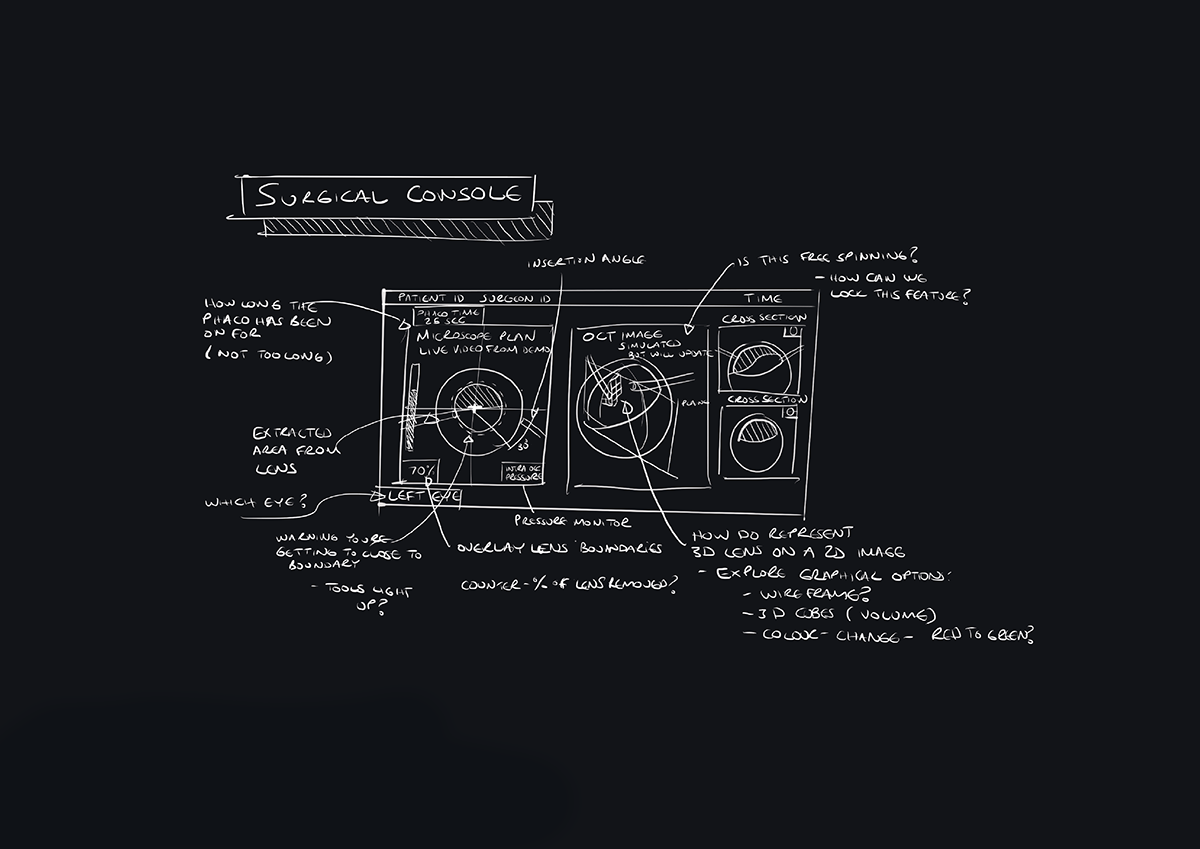
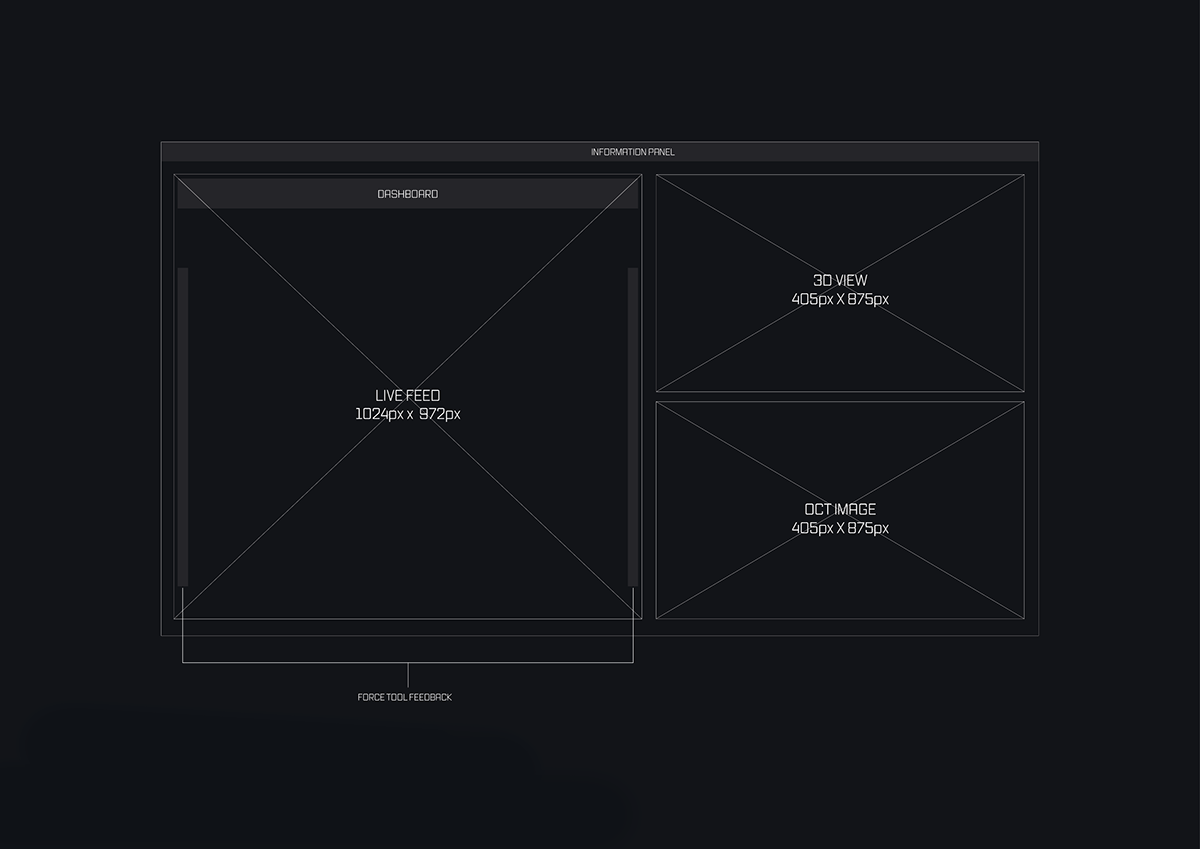

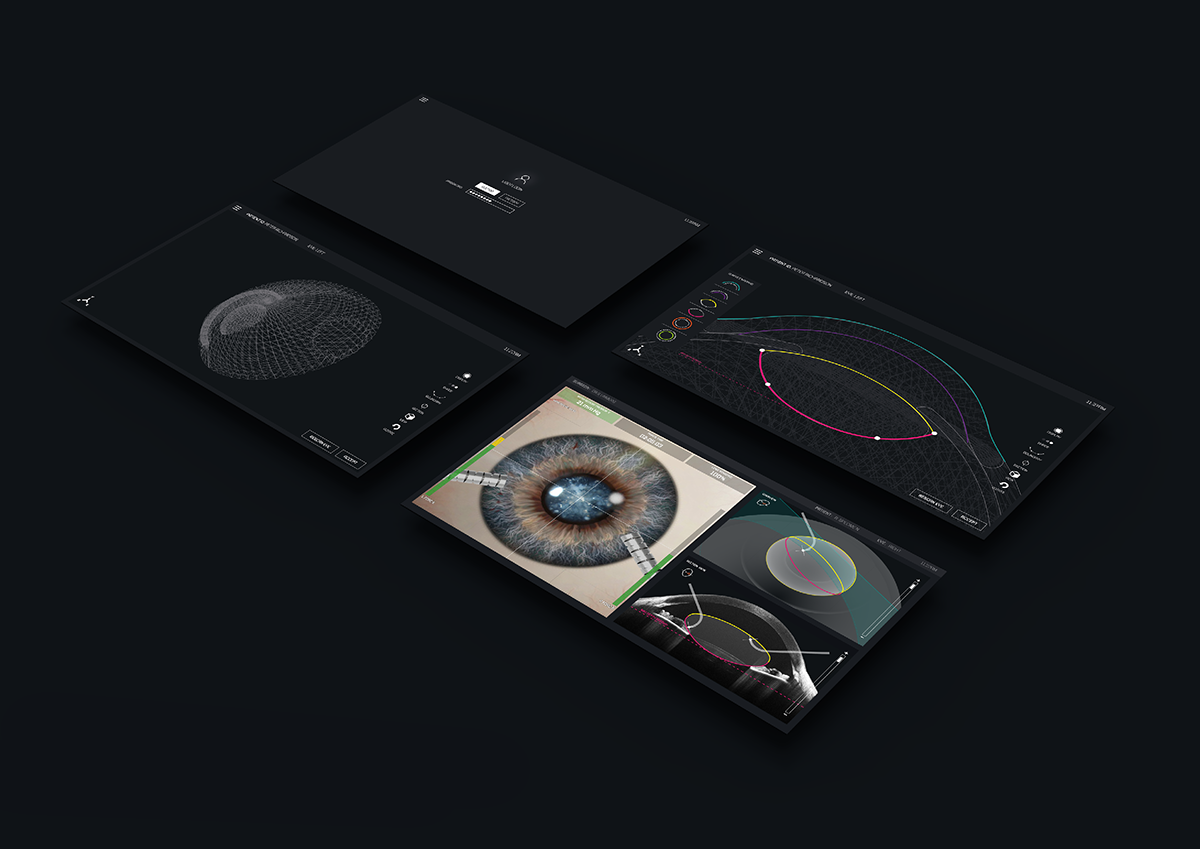
Our objective – to develop a lightweight, compact robot – is something that many others have tried before. However, by starting with a strong fundamental understanding of clinical practise and by making procedural priorities and clinical objectives our driver, we rapidly focused in on a design approach that varied from the norm.
Rather than try to shrink traditional robotic design approaches to work on a smaller scale, we took a different route – developing a core design that was small while delivering the right combination of functionality. Early proof-of-principle prototyping gave us confidence in our approach and allowed us to identify key technical challenges to be addressed early in development.
Rather than try to shrink traditional robotic design approaches to work on a smaller scale, we took a different route – developing a core design that was small while delivering the right combination of functionality. Early proof-of-principle prototyping gave us confidence in our approach and allowed us to identify key technical challenges to be addressed early in development.
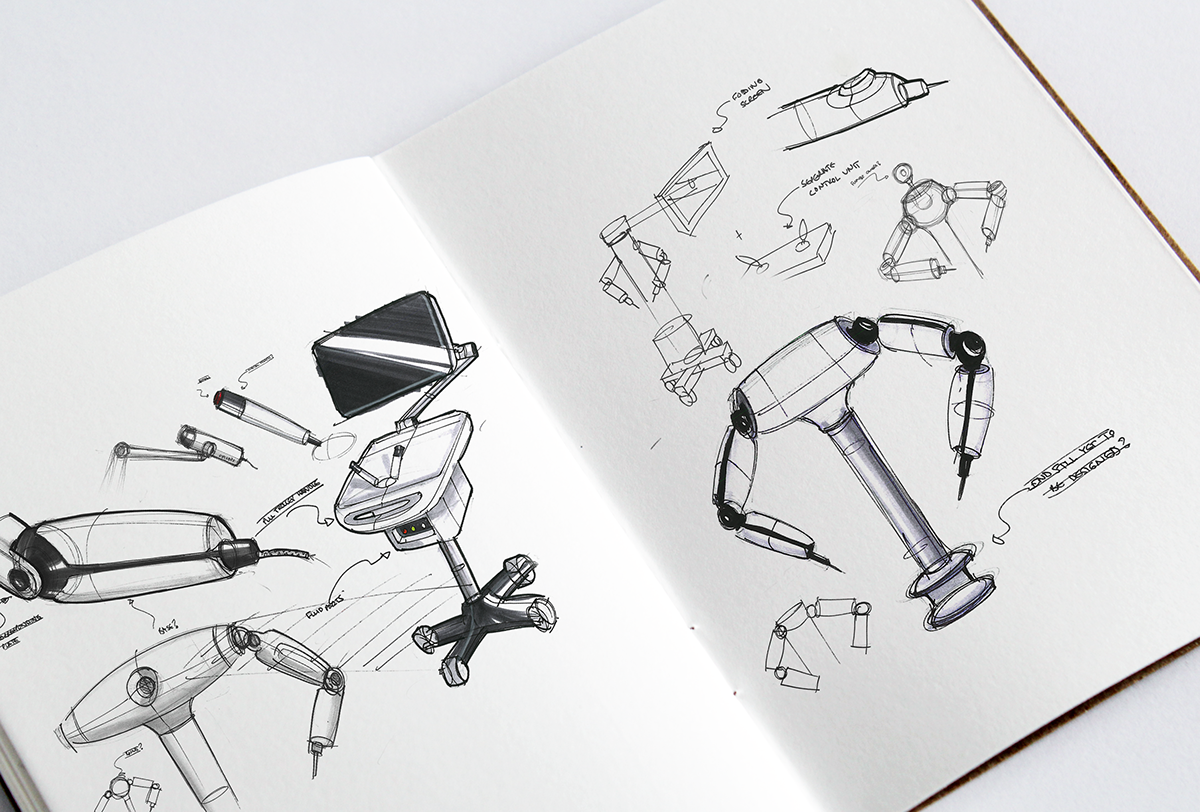
Once our core concept was established, we moved on to rapid development of the final system. Taking approximately five months from concept to demonstrator, our risk-based and systems engineering-led approach allowed our teams to run fast in parallel, with confidence that the system would integrate and work as expected, first time.
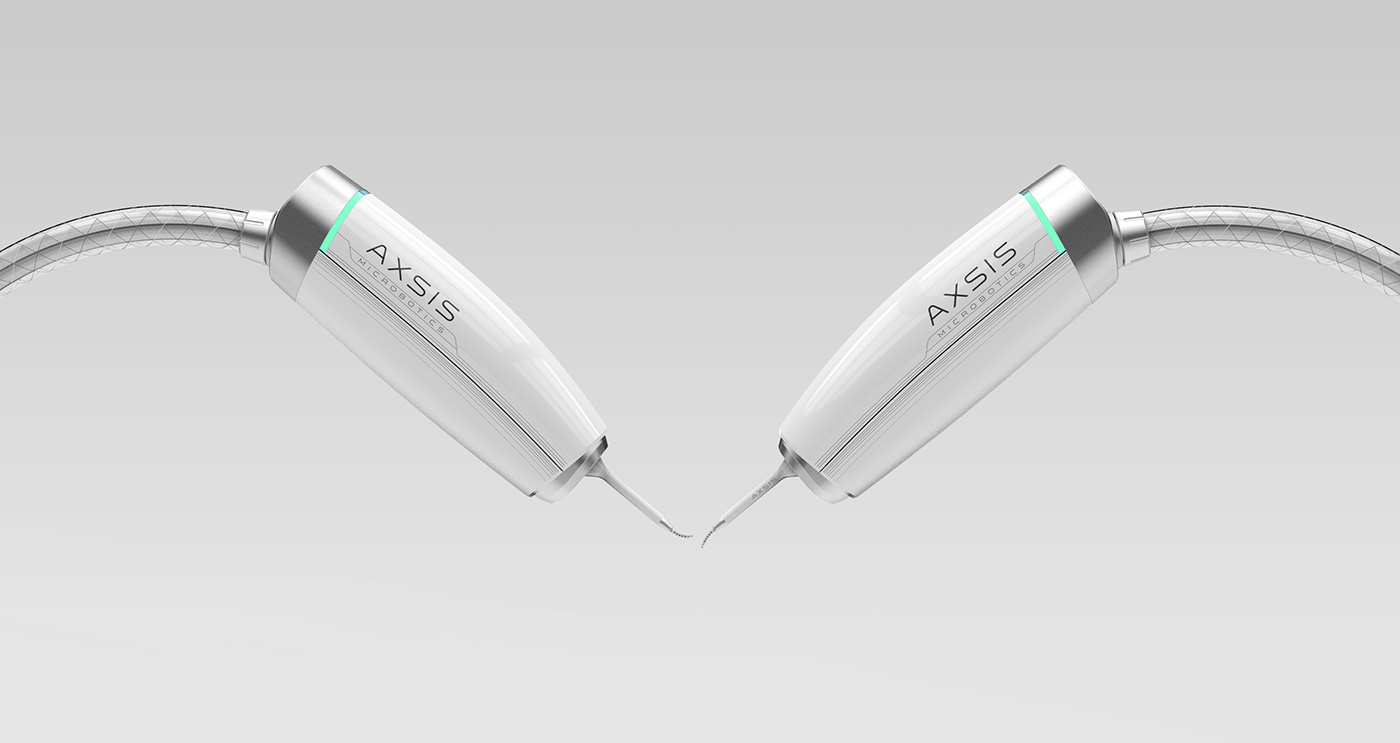
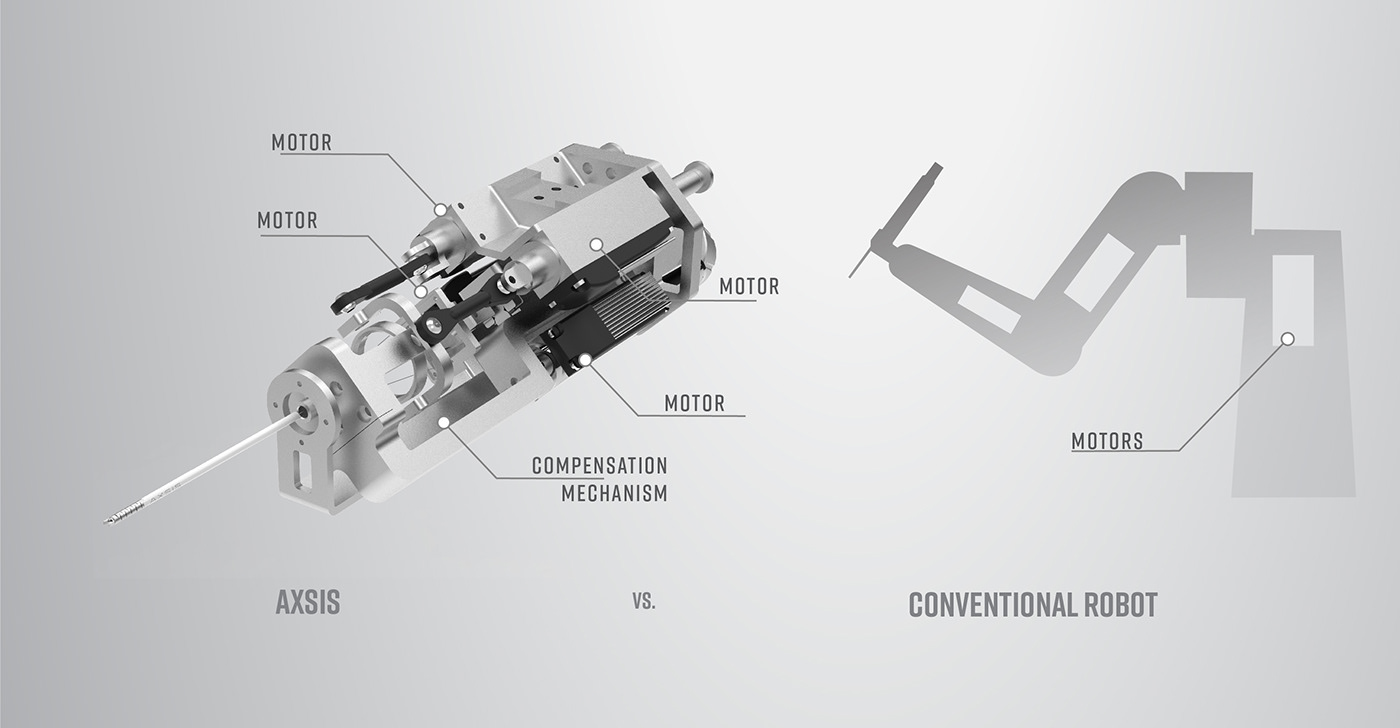
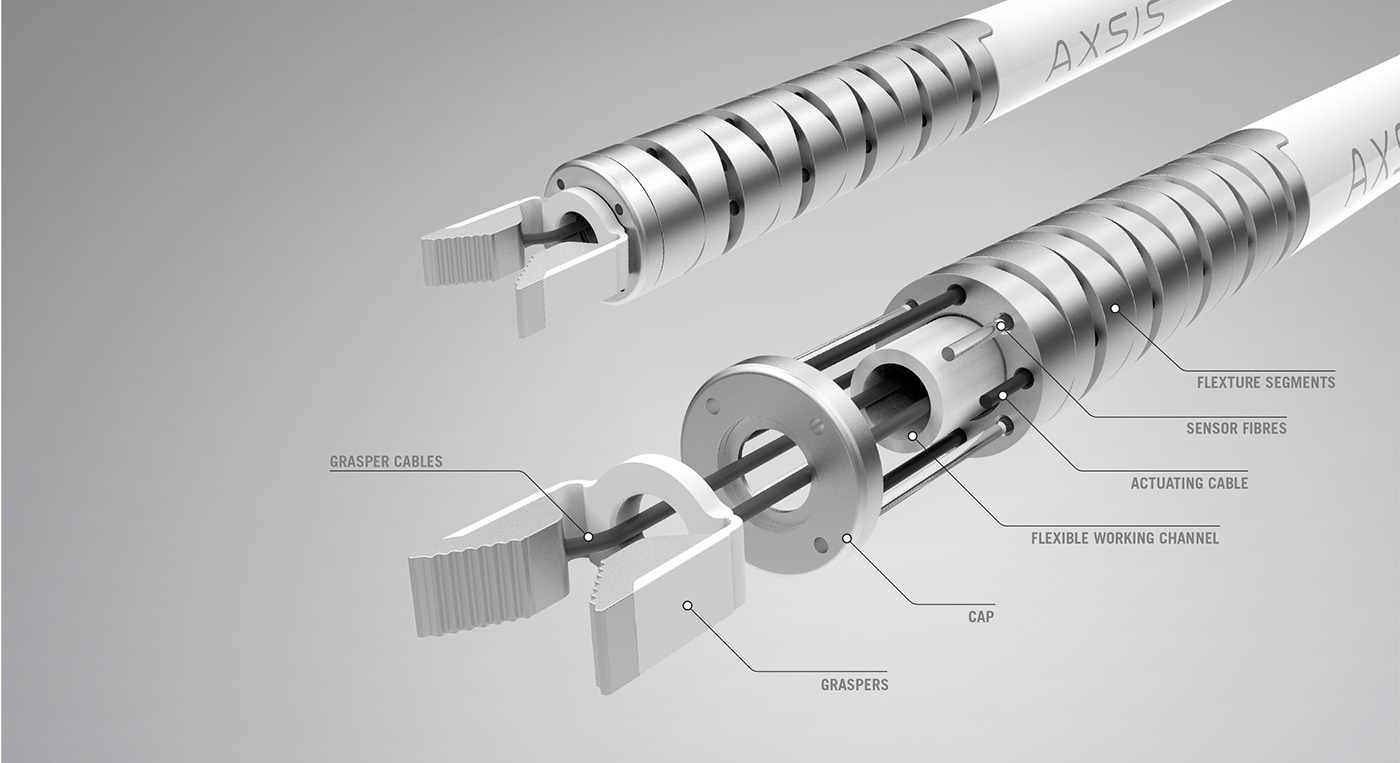

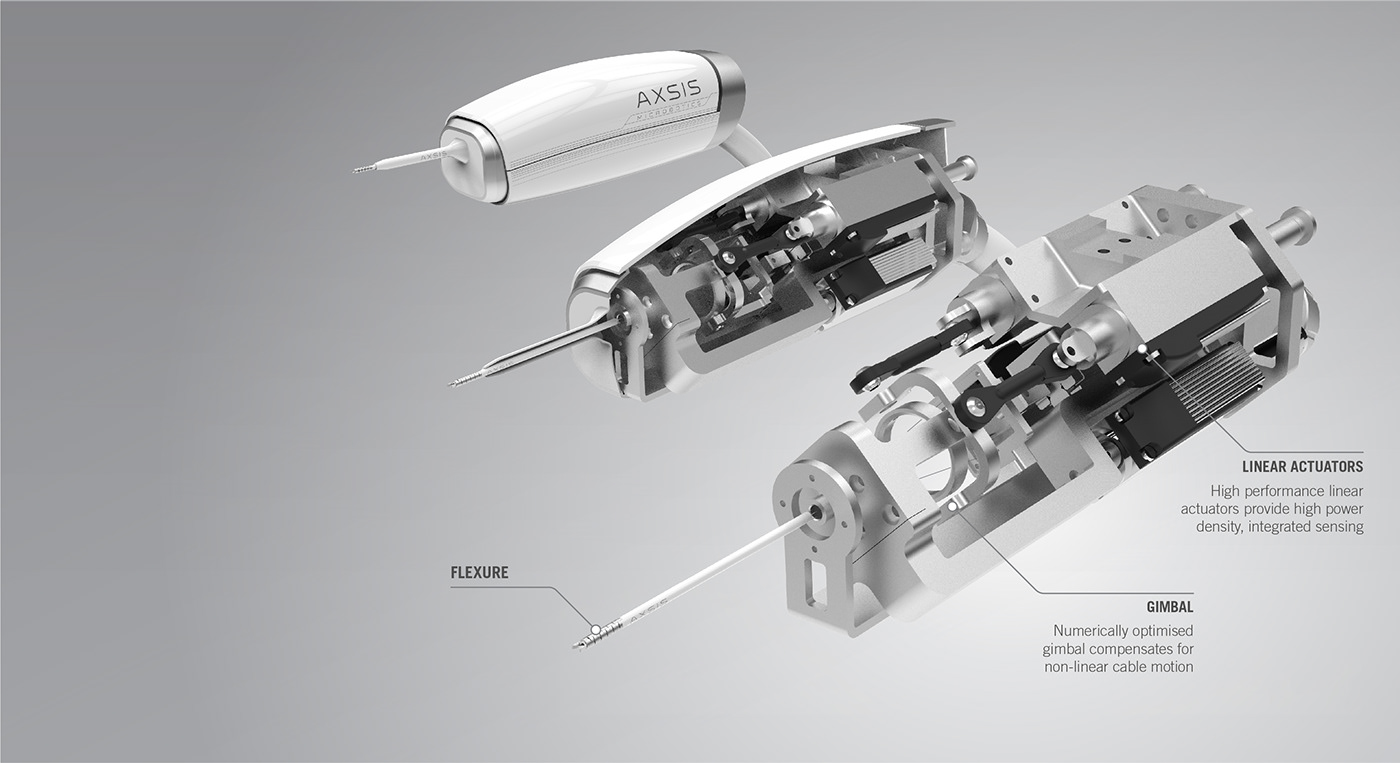
Having developed Axsis as a technical demonstration for ophthalmic surgery, we are now looking to the possibilities beyond.
Miniature, articulating surgical tools have the potential to deliver significant benefits in many other areas, such as early intervention procedures for cancer and natural orifice surgery for oesophageal and gastrointestinal tract procedures, as well as the placement of certain neurostimulation implants.
Miniature, articulating surgical tools have the potential to deliver significant benefits in many other areas, such as early intervention procedures for cancer and natural orifice surgery for oesophageal and gastrointestinal tract procedures, as well as the placement of certain neurostimulation implants.
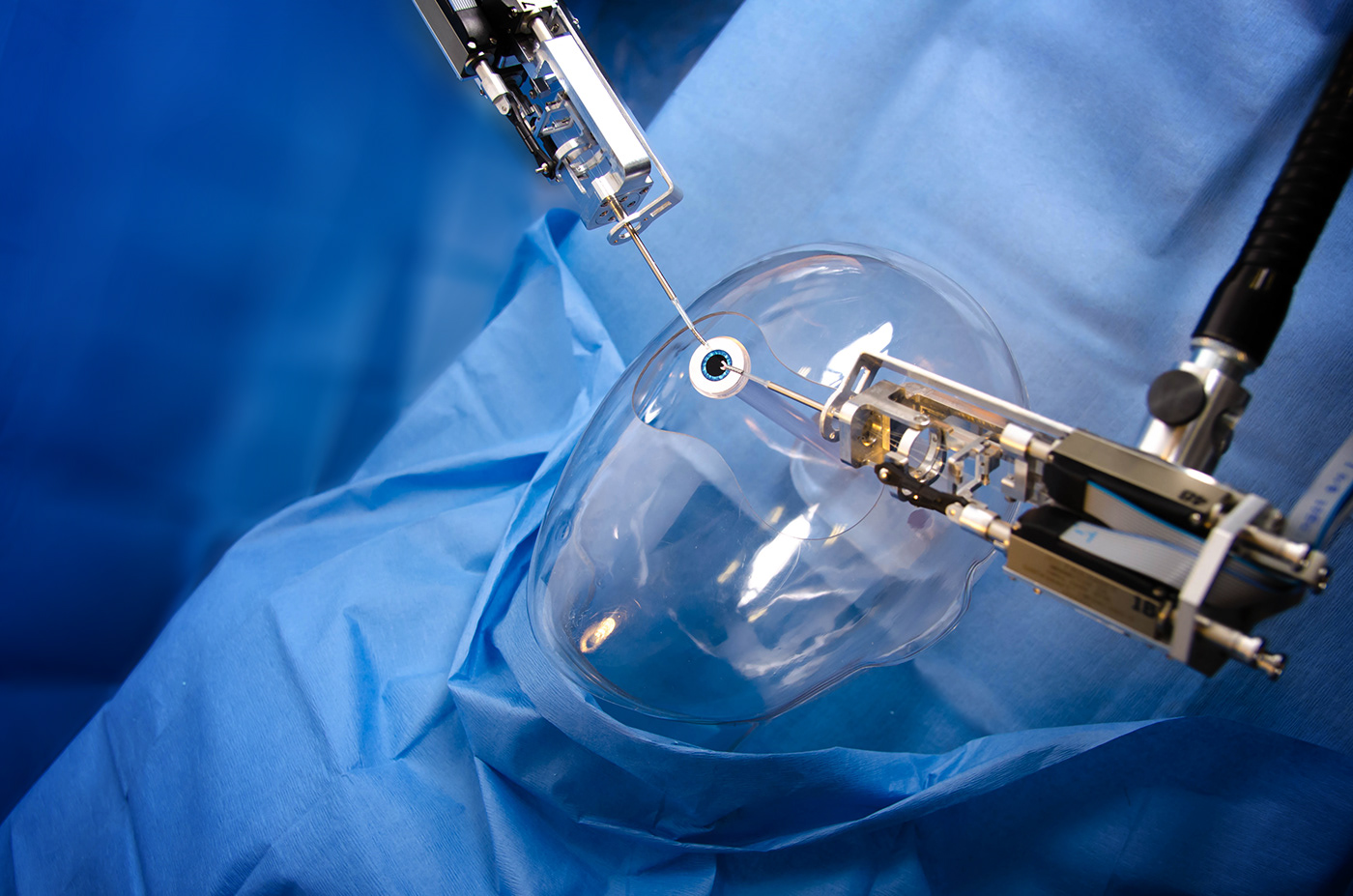
This content was originally posted on Cambridge Consultants' website. Cambridge Consultants develops breakthrough products, creates and licenses intellectual property and provides business consultancy in technology critical issues for clients worldwide. For more than 50 years, the company has been helping its clients turn business opportunities into commercial successes, whether they are launching first-to-market products, entering new markets or expanding existing markets through the introduction of new technologies.





